By Silvia L. and Carlos M., Year 13 students at Caxton College
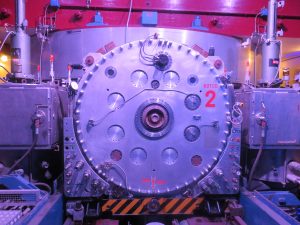 As soon as we arrived on the Thursday we went to CERN (European Organization for Nuclear Research), and visited the permanent exhibition “Universe of Particles”. We all found it incredibly interesting and useful, as it reinforced our knowledge of unit 4. The fact that the information was displayed in such an interactive way really helped us to understand the topic, as we could process the information at our own pace. In addition the interactive globe which summarised the history of CERN was really interesting as we learned many facts which we had not known previously. It was a fascinating experience and I think we all benefited from it.
As soon as we arrived on the Thursday we went to CERN (European Organization for Nuclear Research), and visited the permanent exhibition “Universe of Particles”. We all found it incredibly interesting and useful, as it reinforced our knowledge of unit 4. The fact that the information was displayed in such an interactive way really helped us to understand the topic, as we could process the information at our own pace. In addition the interactive globe which summarised the history of CERN was really interesting as we learned many facts which we had not known previously. It was a fascinating experience and I think we all benefited from it.
On Friday morning we saw a small display of CERN machinery, including the first linear accelerator used and a real cloud chamber. We also visited the control room for the main colliders where it was explained to us, with the help of a video, how the modern colliders work. Afterwards we were told about the different roles of the CERN staff. Then we went to the room where the first circular accelerator was used, which was a cyclotron, that was used way before the larger circular accelerators of today. This machine was huge and impressed everyone!
Finally we headed to the S Cool lab, where a physicist working on the ATLAS detector helped us build our own cloud chamber. We also met two other representatives of CERN who helped us to perform two other experiments. In the first one we learned to use professional-X ray machines (the same ones used at CERN) and in the second we investigated the effect of a magnetic field on an electron beam. Physics in its purest form!
http://scool.web.cern.ch
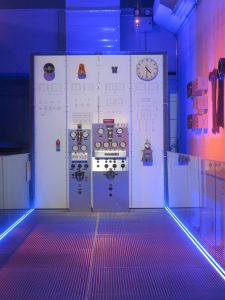
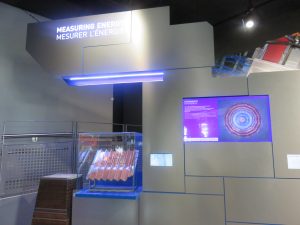
Escrito por Silvia L. y Carlos M., alumnos de Year 13 de Caxton College
Lo primero que hicimos al llegar a Ginebra fue visitar el CERN (Organización Europea para la Investigación Nuclear) y ver la exposición permanente “Universo de Partículas”. Nos pareció muy interesante y útil, ya que reforzó nuestro conocimiento adquirido en clase. El hecho de que la información se mostrara de manera interactiva resultó muy práctico, pues podíamos procesarla a nuestro ritmo. El globo terráqueo interactivo que resume la historia del CERN resultó realmente interesante, porque descubrimos muchas cosas que no conocíamos. Fue una experiencia fascinante y enriquecedora para todos.
El viernes vimos una pequeñ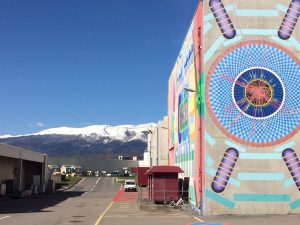 a muestra de maquinaria del CERN, como por ejemplo el primer acelerador lineal y una cámara de niebla real. También visitamos la sala de control de los principales colisionadores donde nos explicaron, con la ayuda de un vídeo, cómo funcionan los más modernos. Después nos describieron las diferentes funciones del personal del CERN. También asistimos a la sala donde se usó el primer acelerador circular: un ciclotrón que se utilizó antes de los aceleradores circulares actuales. ¡Esta máquina nos impresionó!
a muestra de maquinaria del CERN, como por ejemplo el primer acelerador lineal y una cámara de niebla real. También visitamos la sala de control de los principales colisionadores donde nos explicaron, con la ayuda de un vídeo, cómo funcionan los más modernos. Después nos describieron las diferentes funciones del personal del CERN. También asistimos a la sala donde se usó el primer acelerador circular: un ciclotrón que se utilizó antes de los aceleradores circulares actuales. ¡Esta máquina nos impresionó!
Finalmente nos dirigimos al laboratorio S Cool, donde un 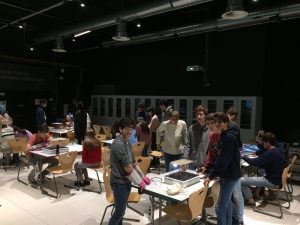 físico que trabajaba en el detector ATLAS nos ayudó a construir nuestra propia cámara de nubes. También nos reunimos con otros dos representantes del CERN que nos ayudaron a realizar otros dos experimentos. En el primero aprendimos a usar máquinas de rayos X profesionales y el segundo investigamos el efecto de un campo magnético en un haz de electrones. ¡Física en estado puro!
físico que trabajaba en el detector ATLAS nos ayudó a construir nuestra propia cámara de nubes. También nos reunimos con otros dos representantes del CERN que nos ayudaron a realizar otros dos experimentos. En el primero aprendimos a usar máquinas de rayos X profesionales y el segundo investigamos el efecto de un campo magnético en un haz de electrones. ¡Física en estado puro!
http://scool.web.cern.ch
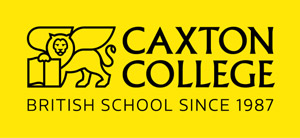

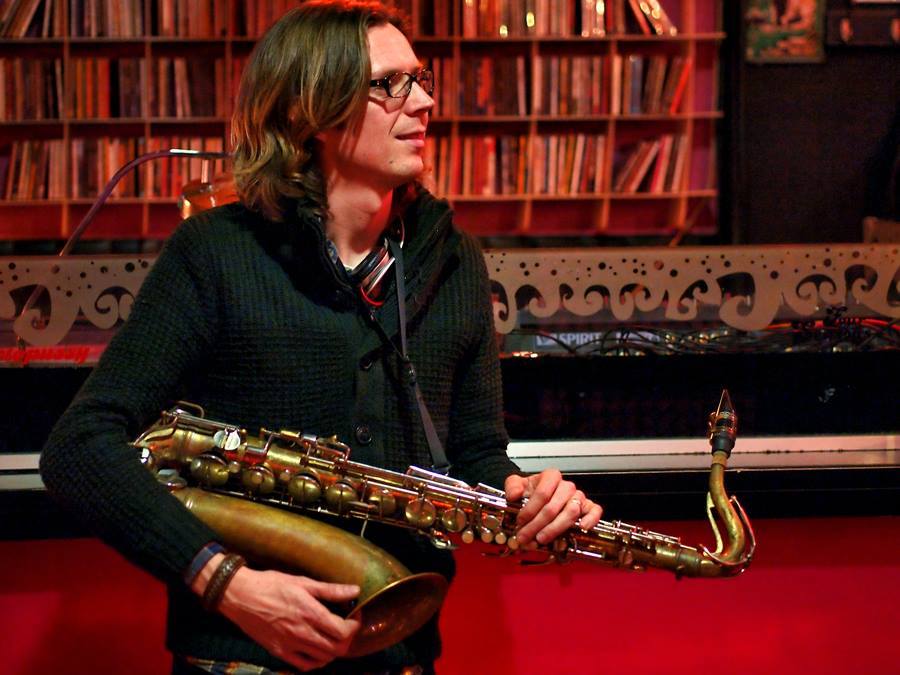
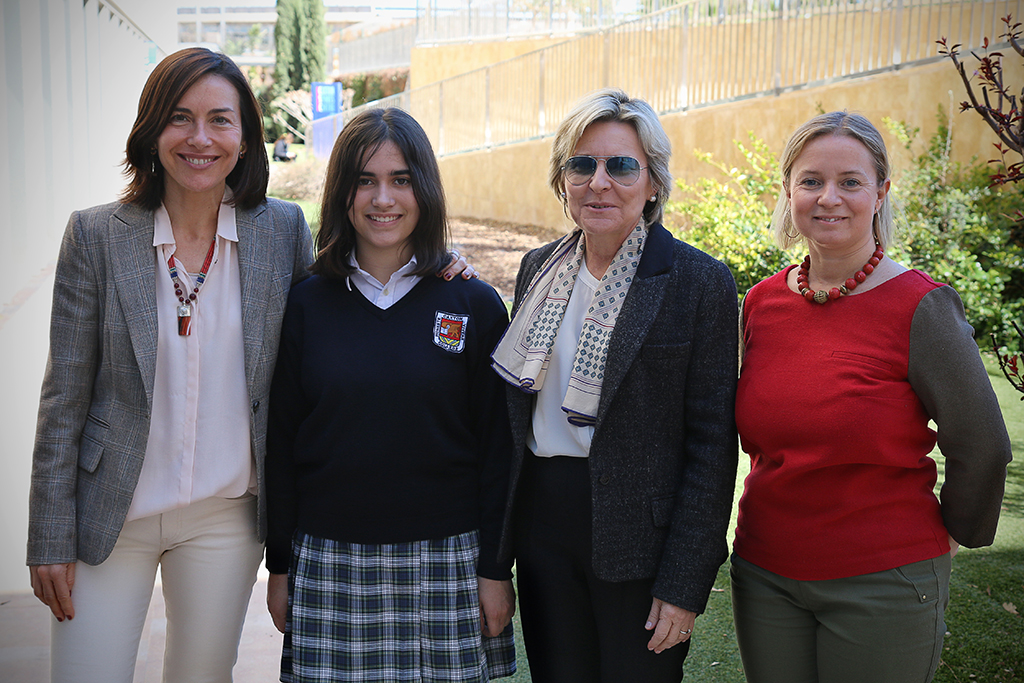


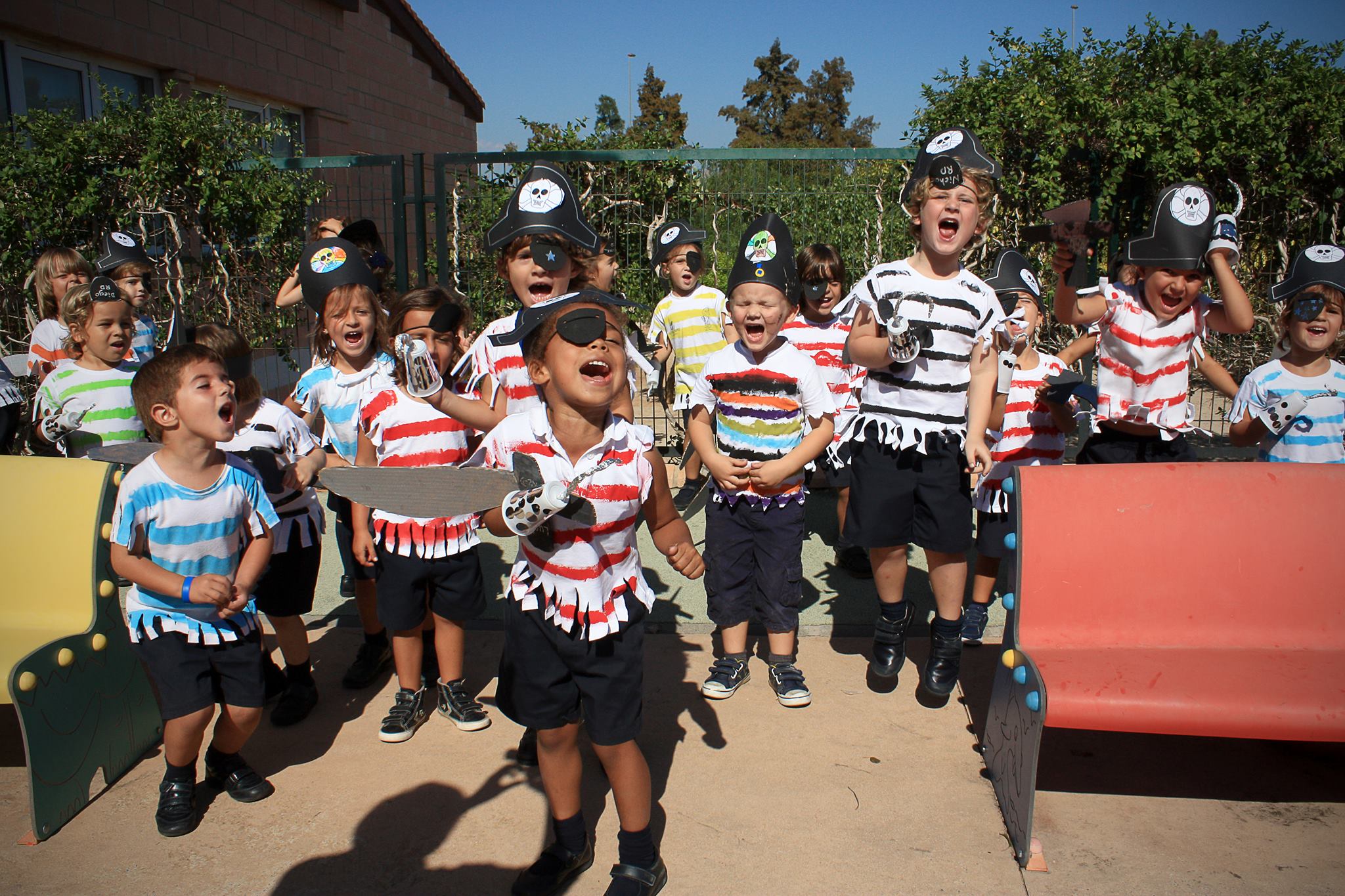
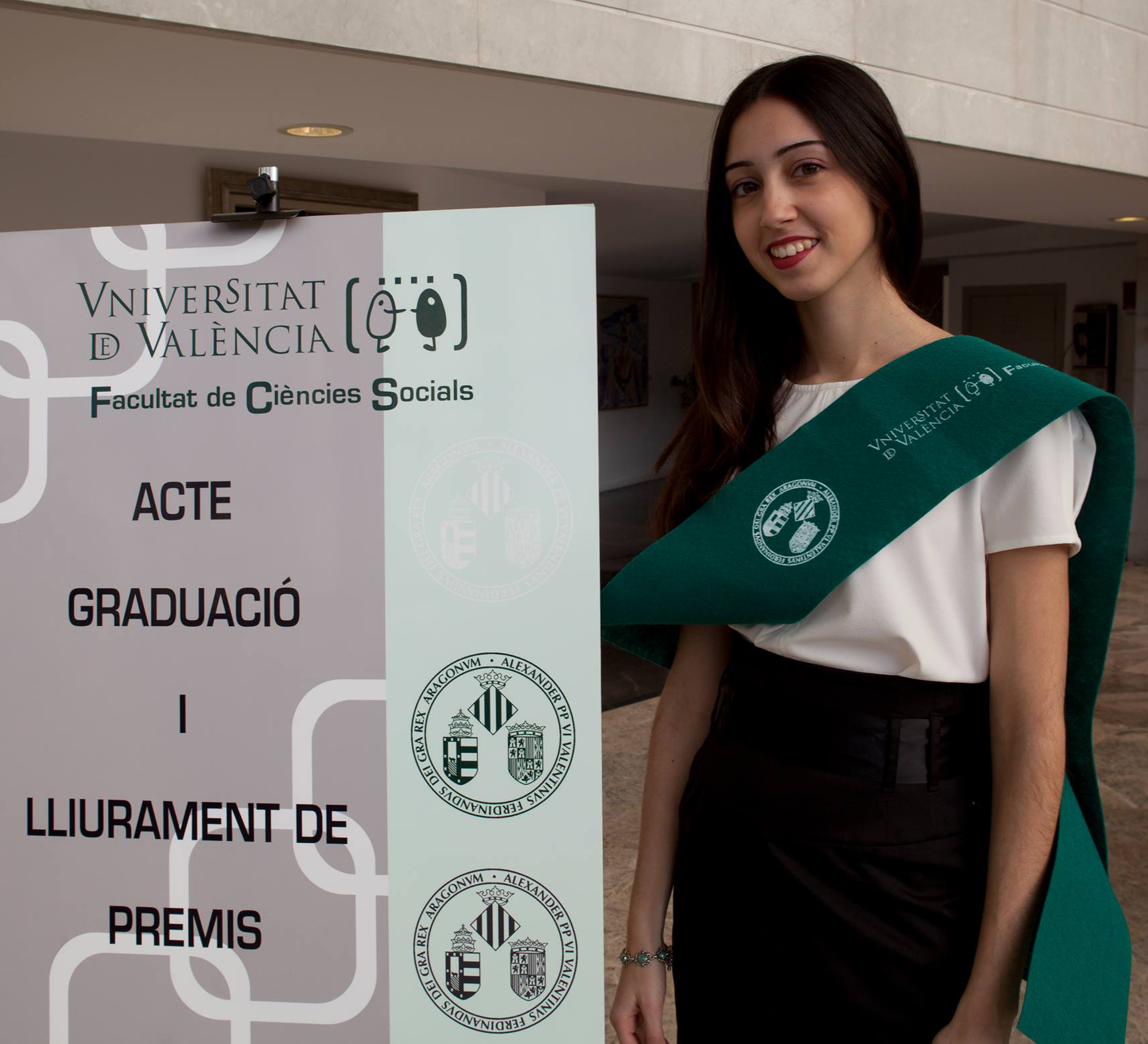
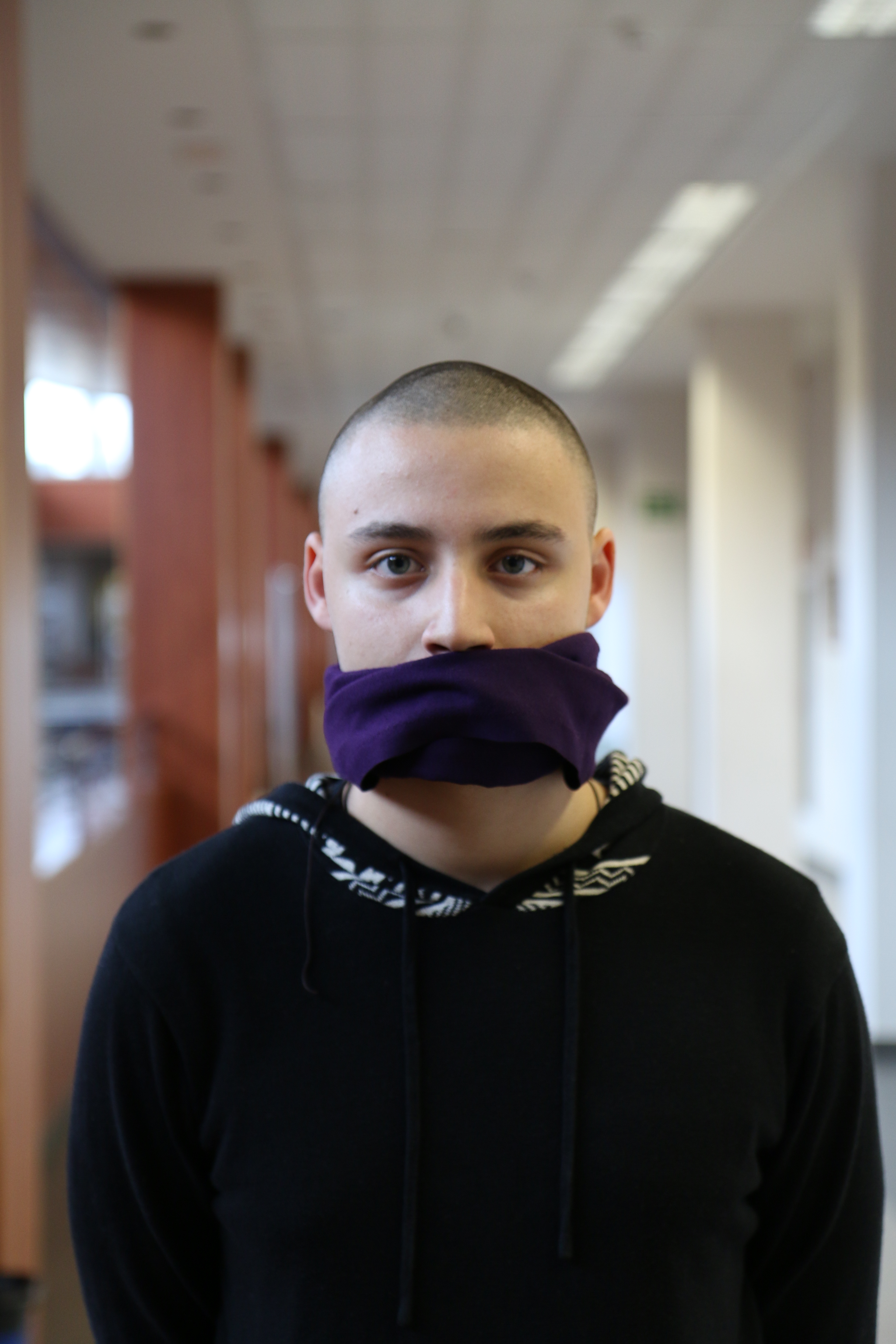
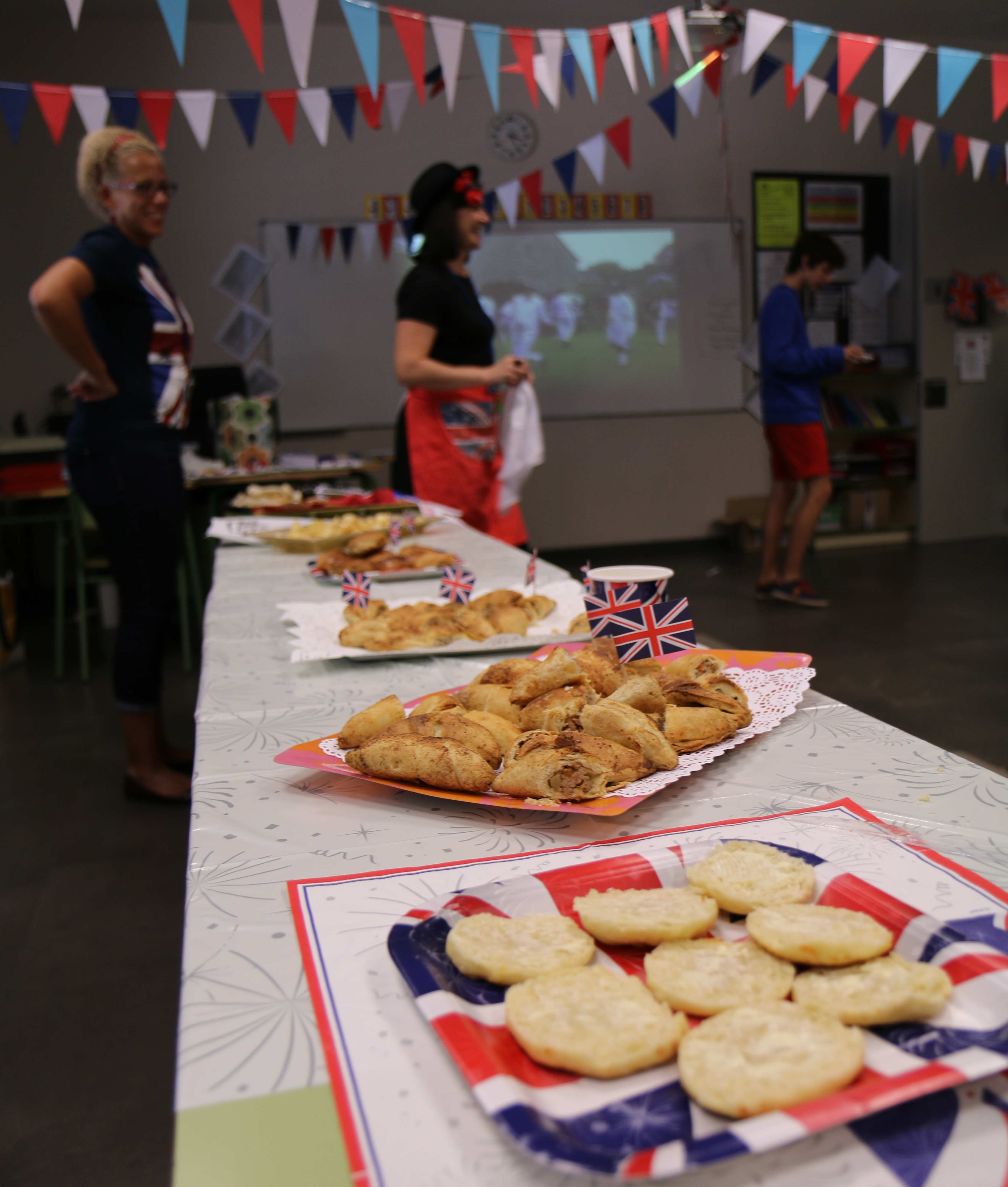
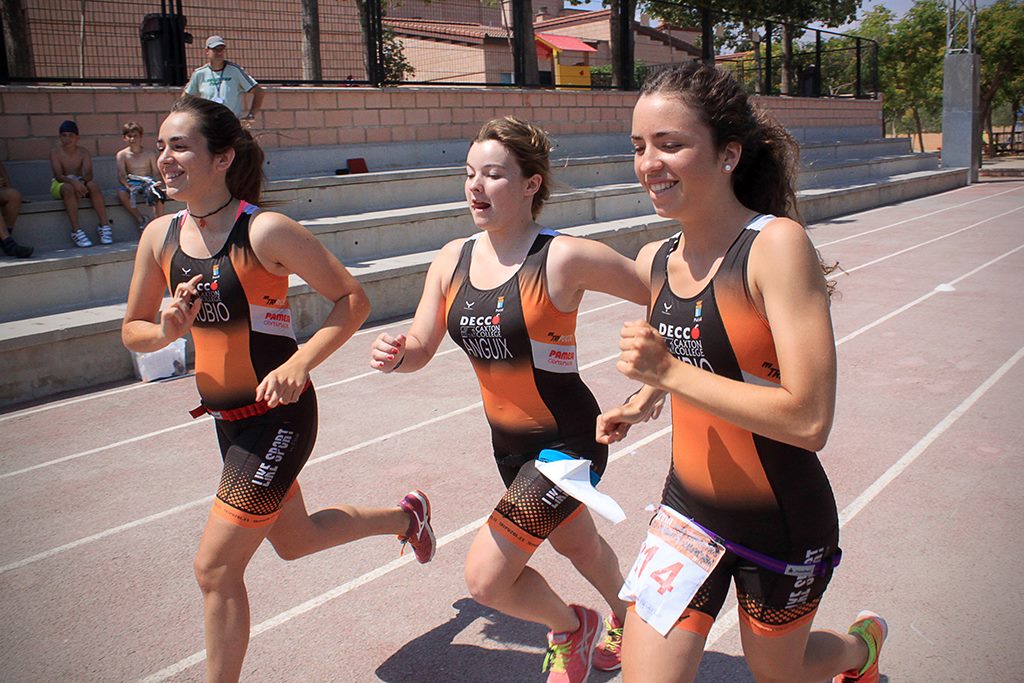
Leave a Reply